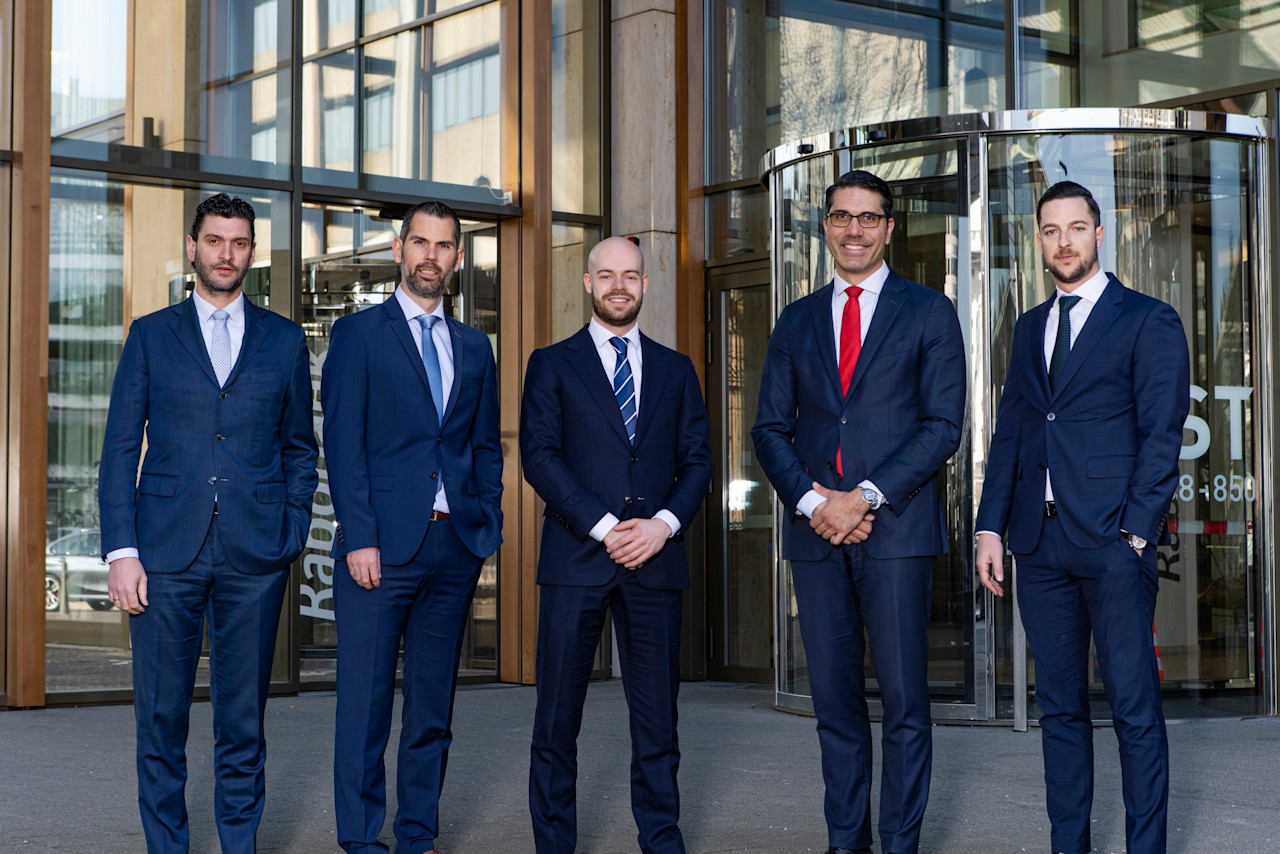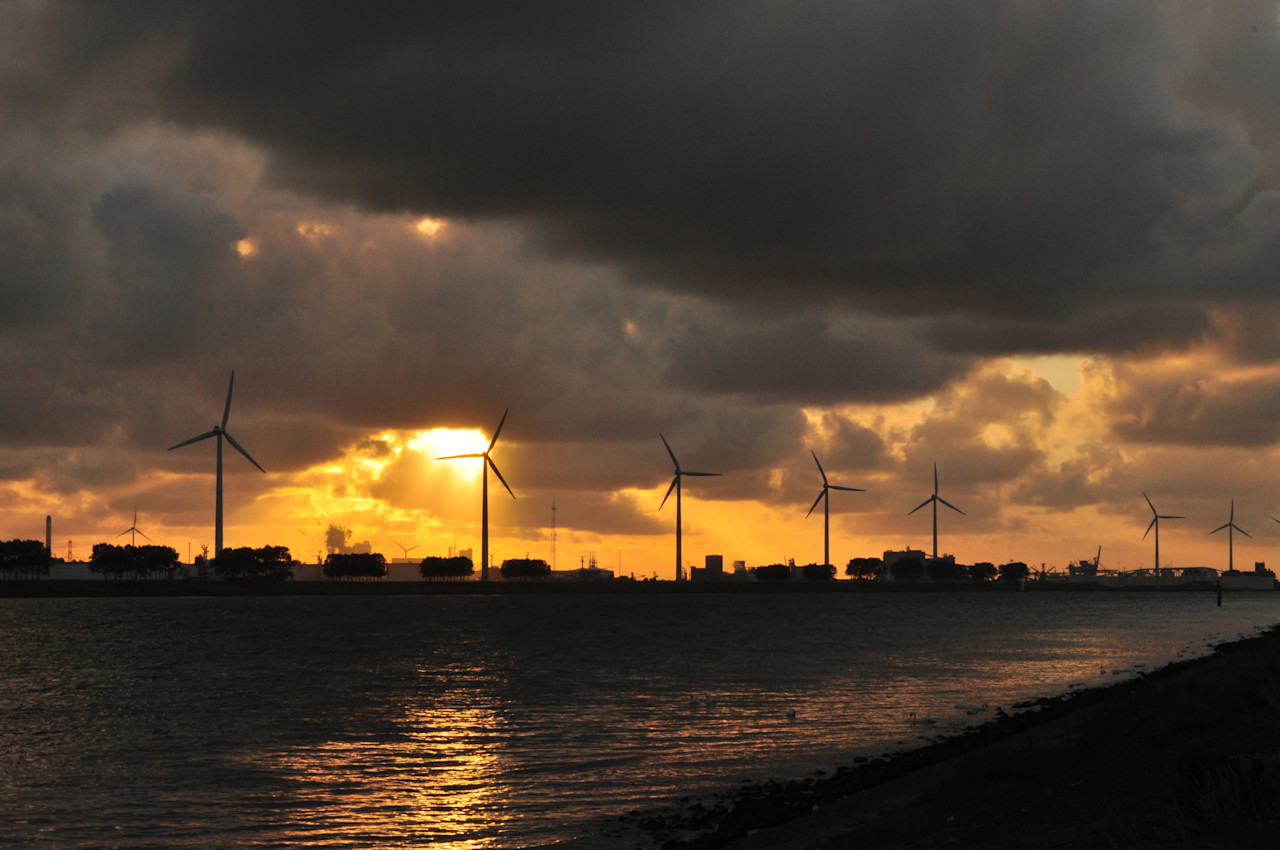

Sector recap of the past five years: IT a clear winner, Energy on a rollercoaster
The last five years have witnessed extraordinary turbulence in global stock markets, ranging from tech euphoria and a global pandemic to geopolitical upheaval like the invasion of Ukraine and significant fluctuations in interest rates.
To enhance understanding of the equity markets during this period, we've analyzed returns from a sector perspective. Grouping stocks in this way helps us to better understand performance drivers: which cohorts excelled when?
The rollercoaster ride of the past years began on a high note, driven by cyclical growth stocks, primarily from the IT sector. This rally, however, came to a sudden halt towards the end of 2018. Fears of tightening monetary policies by central banks, slowing economies, and a worsening US-China trade war triggered a sell-off, characterized by a rotation from growth to value and from offensive to defensive. Investors especially offloaded stocks in IT, consumer discretionary, and energy stocks, while low-risk sectors like utilities fared better.
These fears proved to be exaggerated. Markets quickly recovered at the beginning of 2019, marking it as a prosperous year not only for stocks but nearly all financial assets. Falling interest rates worldwide played a significant role, as the devaluation made future cash flows more lucrative. Once more, Big Tech enjoyed particular success.
2020 was the year the world was gripped by the Covid-19 pandemic. Lockdowns asymmetrically impacted various sectors of the economy, resulting in extensive disparities in equity market returns. Sectors like e-commerce, online food delivery, content streaming, and video gaming saw an unprecedented surge in demand. Conversely, airlines, brick-and-mortar retailers, and restaurants struggled to stay afloat. IT and communication services sectors capitalized on the work-from-home trend, while the health care sector emerged as a beacon of hope for quick resolution.
With the rollout of the first Covid-19 vaccines at the close of 2020, all sectors began to rebound. Market sentiment in 2021 was primarily influenced by economies reopening due to extensive vaccination campaigns, inflationary concerns, supply chain pressures, and increased regulations that impacted Chinese tech companies.
But as economies started up again, the rapid post-pandemic economic recovery outpaced global energy supply, sending energy prices soaring and delivering hefty returns for the energy sector throughout 2021. The previous dominance of large-cap growth stocks waned, replaced by a resurgent performance of previously underperforming value stocks.
In 2022, global equity markets hit a roadblock as investors grappled with significant labor shortages and supply chain disruptions caused by further lockdowns. Additionally, high inflation numbers, whether transitory or not, incited fears of rising interest rates. The Russian invasion of Ukraine, which began on 24 February 2022, compounded the concerns of investors. Energy prices rocketed even higher, fueling more inflation.
However, markets started to regain stability at the onset of 2023. Riding the wave of the artificial intelligence theme, IT stocks managed to outperform other sectors yet again, making it the standout winner over the past five years.
Our animated bar chart showcases the one-year rolling USD gross returns of the 11 MSCI World sector indices, which are based on the GICS® sector classification. The returns are updated at the end of each quarter and interpolated in between. The sample runs from March 2018 to May 2023. For brevity, we’ve shortened the labels for ‘communication services’, ‘consumer discretionary’, and ‘consumer staples’ in the video.
The color of each bar represents each sector’s carbon footprint, ranging from low (blue) to high (magenta). The carbon footprint of each sector is calculated by market-cap-weighting the carbon footprint of the underlying constituents as of May 2023. The carbon footprint of each company is calculated by dividing TruCost Scope 1+2 carbon emissions by EVIC (enterprise value including cash).

Subscribe - Indices Insights
Receive an update as soon as a new article is available with insights about sustainability, factors or markets.
Footnotes
Image credits in order of appearance: Unsplash/James Yarema, DVIDS Public Domain Archive/Sgt. Mikki L. Sprenkle, Unsplash/Maxim Hopman, Unsplash/Martin Sanchez, Unsplash/Mufid Majnun, Unsplash/Carl Nenzen Loven, Unsplash/Marek Studzinski, Wikimedia/Federal Reserve Board of Governors, Unsplash/Alex Knight.




















